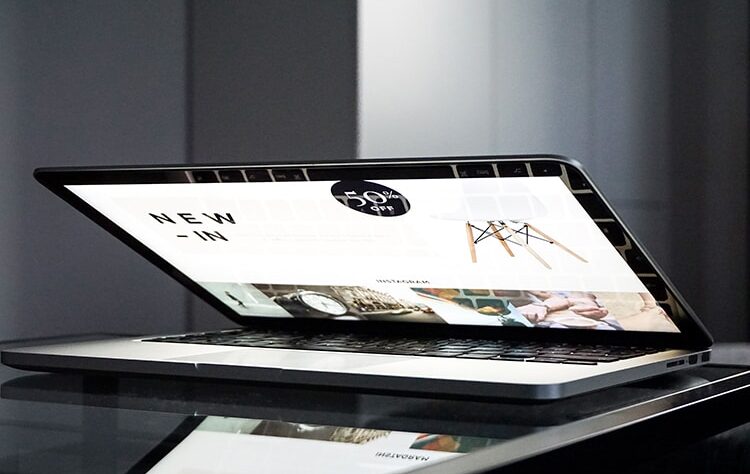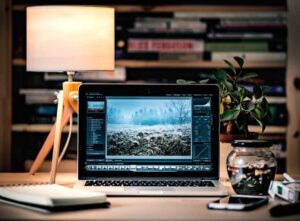A laptop, often called a notebook or “notebook computer”, is a small, portable personal computer with a form factor, an alphanumeric keyboard on the lower part of the “clamshell” and a thin LCD or LED computer screen on the upper portion, which is opened up to use the computer. Laptops are folded shut for transportation, and thus are suitable for mobile use. Although originally there was a distinction between laptops and notebooks, the former being bigger and heavier than the latter, as of 2014, there is often no longer any difference. Laptops are commonly used in a variety of settings, such as at work, in education, and for personal multimedia and home computer use.
A laptop combines the components, inputs, outputs, and capabilities of a desktop computer, including the display screen, small speakers, a keyboard, pointing devices (such as a touchpad or trackpad), a processor, and memory into a single unit. Most 2016-era laptops also have integrated webcams and built-in microphones. Some 2016-era laptops have touchscreens. Laptops can be powered either from an internal battery or by an external power supply from an AC adapter.
Hardware specifications, such as the processor speed and memory capacity, significantly vary between different types, makes, models and price points. Design elements, form factor, and construction can also vary significantly between models depending on intended use. Examples of specialized models of laptops include rugged notebooks for use in construction or military applications, as well as low production cost laptops such as those from the One Laptop per Child organization, which incorporate features like solar charging and semi-flexible components not found on most laptop computers.
In terms of the technology I use the most, it’s probably a tie between my Blackberry and my MacBook Pro laptop. That’s how I communicate with the rest of the world and how I handle all the business I have to handle.
John Legend
Portable computers, which later developed into modern laptops, were originally considered to be a small niche market, mostly for specialized field applications, such as in the military, for accountants, or for traveling sales representatives. As portable computers evolved into the modern laptop, they became widely used for a variety of purposes.
As the personal computer became feasible in 1971, the idea of a portable personal computer soon followed. A “personal, portable information manipulator” was imagined by Alan Kay at Xerox PARC in 1968, and described in his 1972 paper as the “Dynabook”. The IBM Special Computer APL Machine Portable was demonstrated in 1973. This prototype was based on the IBM PALM processor. The IBM 5100, the first commercially available portable computer, appeared in September 1975, and was based on the SCAMP prototype.
As 8-bit CPU machines became widely accepted, the number of portables increased rapidly. The Osborne 1, released in 1981, used the Zilog Z80 and weighed 23.6 pounds . It had no battery, a 5 in CRT screen, and dual 5.25 in single-density floppy drives. In the same year the first laptop-sized portable computer, the Epson HX-20, was announced. The Epson had an LCD screen, a rechargeable battery, and a calculator-size printer in a 1.6 kg (3.5 lb) chassis.
Both Tandy/RadioShack and HP also produced portable computers of varying designs during this period. The first laptops using the flip form factor appeared in the early 1980s. The Dulmont Magnum was released in Australia in 1981–82, but was not marketed internationally until 1984–85. The US$8,150 GRiD Compass 1101, released in 1982, was used at NASA and by the military, among others. The Gavilan SC, released in 1983, was the first computer described as a “laptop” by its manufacturer.




